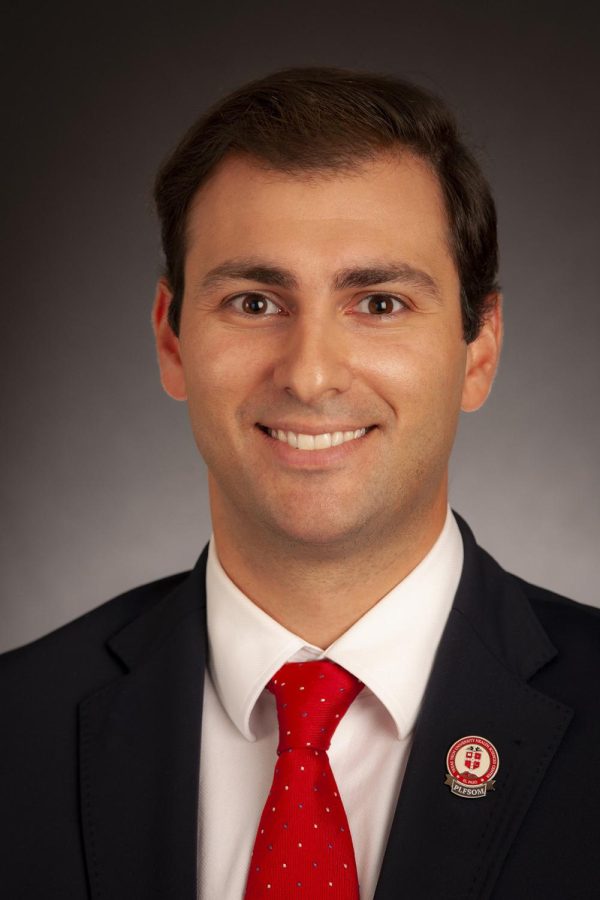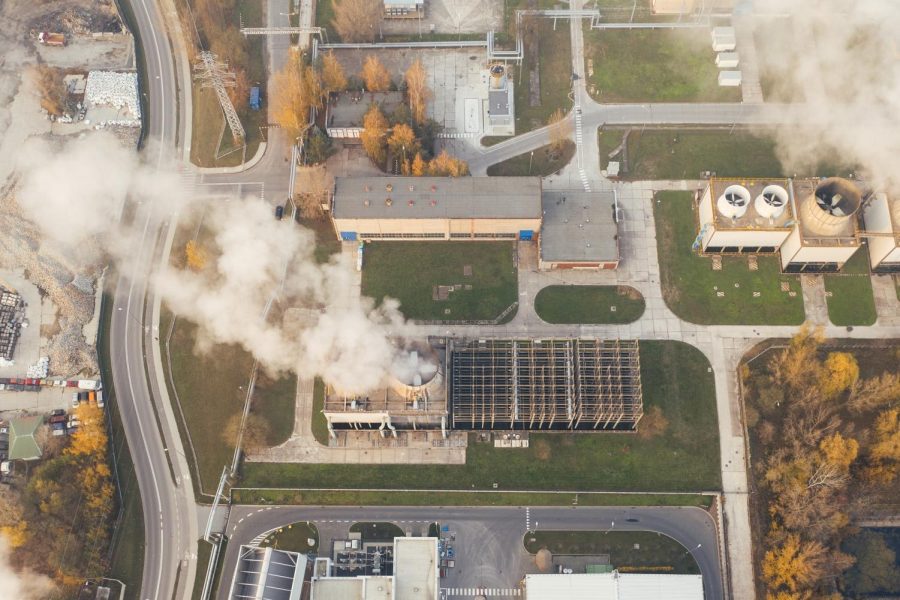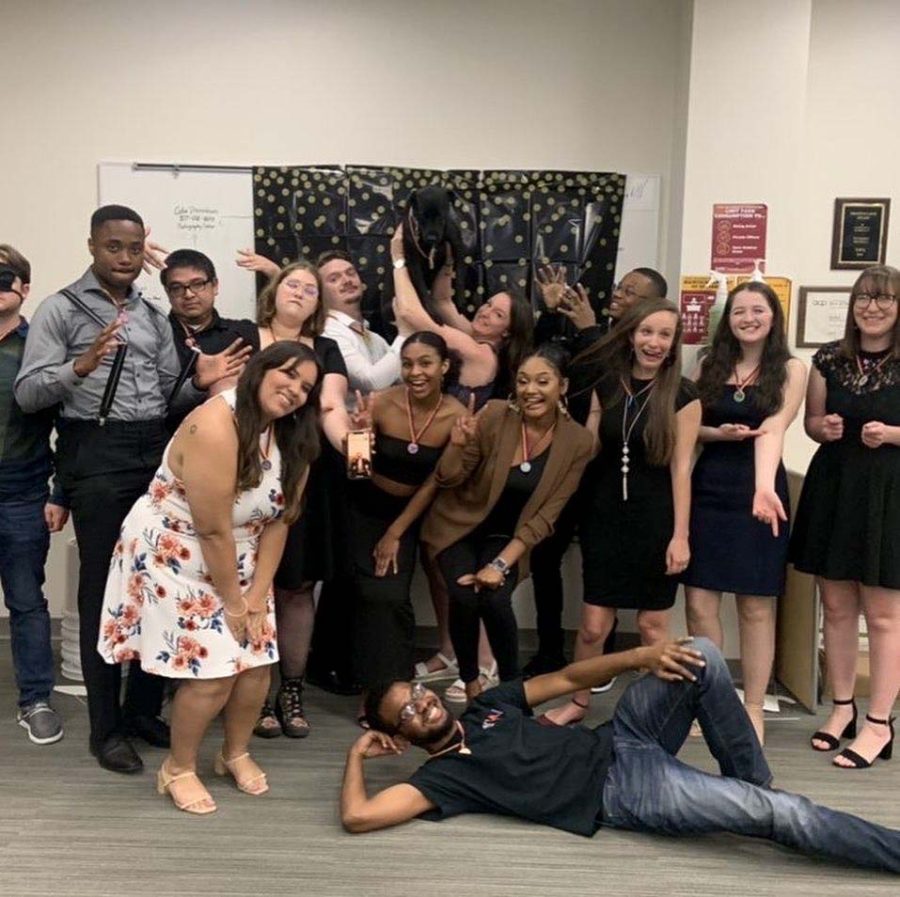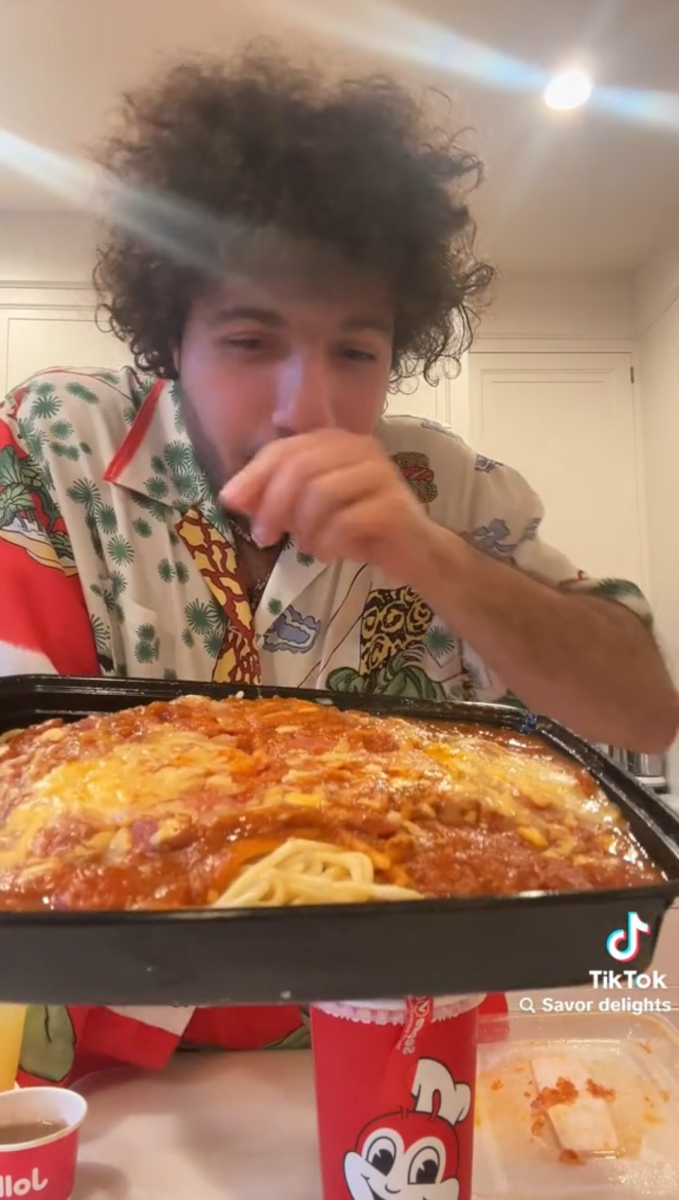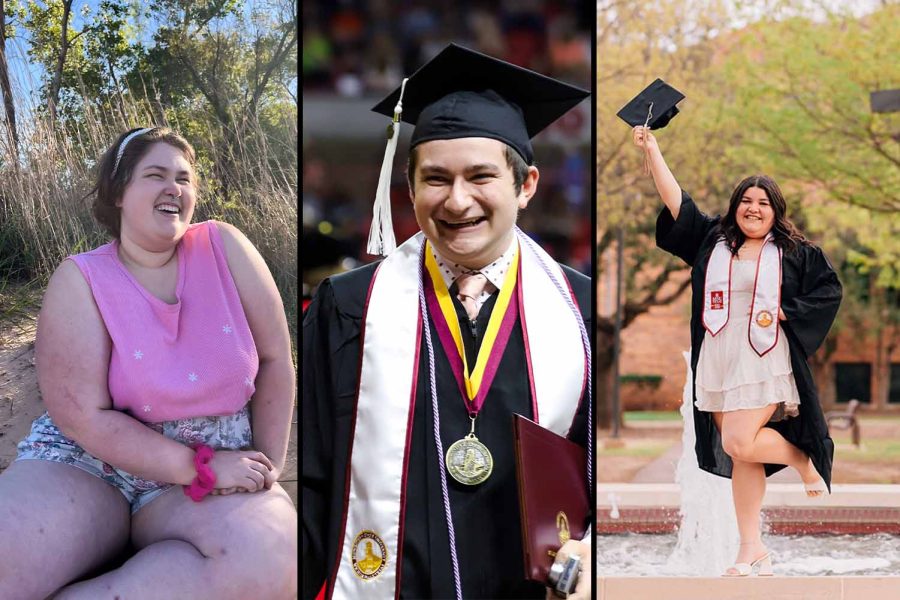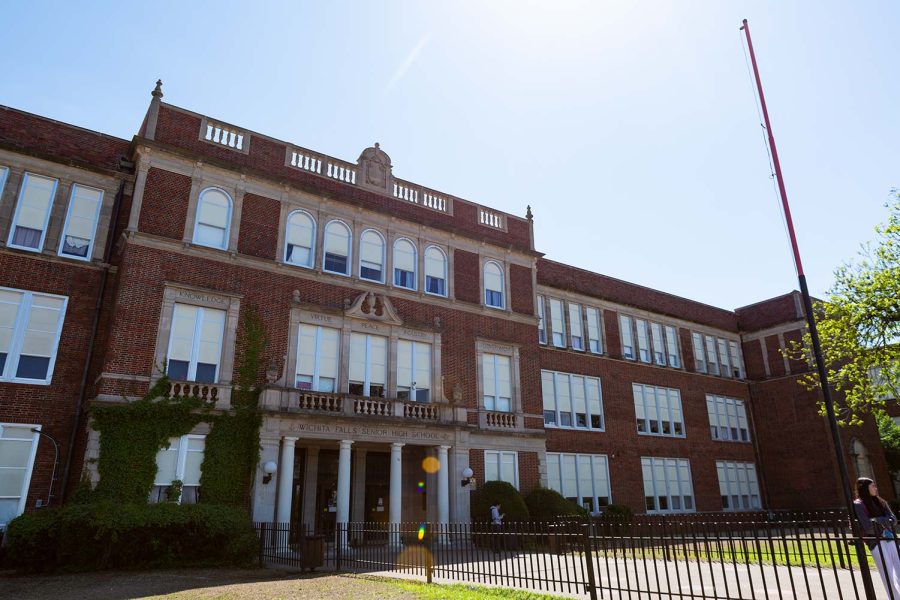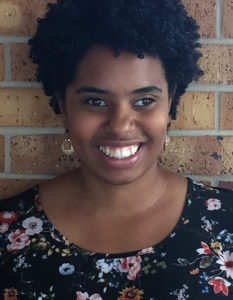
I had a ticking bomb inside the vessels of my brain and it almost ended my life. I lost my memory for nine days, but I do remember the daylight. Saturday, Feb. 4, 2012 started out just like any other day. I woke up by 7 a.m. and got ready for my 9-5 shift at work. The nagging headache I’d had since Feb. 1 was pushed to the back of my mind as “some weird migraine.” If only I had known what I would be facing by 9:30 p.m., I might have been able to save myself from some of the traumatic experiences in front of me over the next nine days and the difficulties I still face every day.
I went to work and I still had the headache. It waxed and waned, much like waves meeting the shore and flowing away again. I remember telling my coworker, “I just feel weird, like I’m not really here.” I knew where I was and what I was supposed to be doing, I just felt like I was having an out-of-body experience — I felt like I was floating. I still didn’t think anything of this lingering headache, so I took some Tylenol washed down with coffee — I knew caffeine potentiates analgesic effects of pain medicine.
Finally it was lunch time, so my best friend and I went to eat lunch together. I told her, “I still have the headache, it keeps coming up like shocks, then dying down.” Three days earlier, I had told her not to make me laugh because it hurt too much in my head. If I knew then what I know now, I would have gone to the hospital on Feb. 1 when the thunderclap headache in the crown of my head woke me up out of my sleep. I had a sentinel headache, but I was warned too late.
After lunch, my best friend and I went back to work and I remember just counting down the minutes until 5 p.m. I wanted to be home, alone, in the dark and quiet. I needed to relax, maybe stress was causing this headache. I just needed to relax, I had been working close to 50-hour weeks. I thought surely a nice, hot bath, some Advil cold and sinus medication, music and a book would calm me down enough for the headache to leave my body.
I got home and took a bath, put on some comfortable pajamas and talked with friends about plans for the Super Bowl the next day. I never cared about the game, I just wanted to be in good company. I got my entertainment from watching my friends watch the game. I remember thinking I would have a great Sunday just hanging out with my friends.
I laid down because I wanted to go to bed early, but I had to check Twitter first. I got upset about a tweet I read, stood up to go turn my light off, then everything went black. The sound of rushing fluid flooded into my ears, I got extremely hot and fell backward. With a loud thud, I hit my nightstand and knocked my laptop from its place.
My next memory was of a paramedic standing over me saying, “Robin, you passed out.” I immediately began to argue back, saying, “No I didn’t, I was going to bed and you’re rude for waking me up when I was trying to sleep.” My parents were both in the room and I remember my dad telling me, “Robin, you did pass out.” My mom said, “I heard a loud crash so I came into your room and you were having a seizure. I turned you to your side because you began to vomit. You really did pass out, that’s why the paramedics are here.” I remember feeling very confused, but I decided to cooperate and explain what happened.
As I started to recall the events of the day, I started to feel extremely hot and began to vomit. I kept apologizing to my parents and the paramedics because I felt embarrassed. Then I started saying, “My head just hurts so bad. I don’t know what’s wrong.” That’s when my dad decided I absolutely needed to go to the hospital, but I insisted that I “just need to go back to sleep and I’ll be okay in the morning.” Thankfully, I understood the seriousness in my dad’s face (the only anti-doctor, it’s-all-in-your-head person I know), because going to the hospital was step one in saving my life.
I got up to dress myself in warmer clothes and this is when I knew for myself that something was wrong. I couldn’t move the left side of my body. I was leaning up against a wall in my room to get to my closet. In my mind, I was telling myself, “Okay, obviously something is wrong, but don’t panic. Whatever you do, don’t panic.” I somehow managed to get myself into warmer clothes, but my stubborn nature showed itself again when I refused to allow the paramedics to wheel me out on the stretcher. I kept telling them “I’m okay, I can walk.” Wrong! I was so weak trying to walk just 15 steps, I finally let them get me on the stretcher.
I remember the brisk air outside, thinking how strange it was to be in an ambulance and wondering what was going to happen. I asked where we were going and what was going to happen. The paramedics tried their best to keep me calm and answer as many of my questions as they could, but really no one knew. My last memory is the exit to United Regional Health Care System. Although I was conscious after that, I have no memory at all. I spoke to the triage nurse, my family, my friends, explained the now four-day headache to the doctor, but I have absolutely no memory of any of these events.
In fact, the only reason I know what happened to me is because my family decided to keep a journal for me and they told me stories. My friends told me stories. My scars tell the stories now.
The emergency room experience was stressful for my family and friends. Due to the symptoms I presented with, I could have had the flu, several types of winter colds and I was even asked if I had overdosed. My mom was adamant that I had never taken any drugs or had a seizure and she insisted on a CT scan. Headaches, nausea, vomiting and feeling weak could be just about anything.
I was taken to the imaging room for the CT scan and the radiologic technologist notified the doctor of the whiteness showing up on the CT scan, because that meant blood. I was bleeding due to a ruptured brain aneurysm, and we still wouldn’t know this until the day after I arrived at UT Southwestern Medical Center in the early hours of Sunday, Feb. 5.
After the doctor told me I had a brain bleed in the subarachnoid space, I was sedated and intubated. They had already made arrangements for me to be flown via Air Evac helicopter, an air ambulance, to UT Southwestern Medical Center in Dallas, where I was admitted to Zale Lipshy University Hospital. The neurosurgeon who first saw me called in an order for a ventriculostomy, which is a neurological procedure where a catheter is inserted into the brain to drain off excess fluid and reduce and measure pressure within the skull.
Shortly after the ventriculostomy was placed, my best friend told the neurosurgeon, “She’s had a headache for three days now,” to which he replied, “that changes everything.”
At this time, all the doctors, nurses, my family and friends knew is that I was very, very sick. The cause of the bleed had not yet been found. My neurosurgeon took over my case during the day of Feb. 5 and decided to keep me sedated, in a medically-induced coma, to keep me calm. The morning of Feb. 6, I was taken in for an angiogram, which showed the vessels in my brain and pointed to where the aneurysm ruptured. Once they found the cause, they were able to operate, and I had emergency brain surgery later in the day. My surgery should have taken four to six hours, but my neurosurgeon performed it in 45 minutes. My aneurysm was superficial, meaning surface level of the brain, in my right temporal lobe, which explains why I lost control of the left side of my body. I had a subarachnoid hemorrhage, which is a hemorrhagic stroke, and my bleed was bad enough that my neurosurgeon thought I would either die or be in a permanently vegetative state.
I spent nine days in the hospital, but I passed all of my speech, therapy and diagnostic tests, so they released me to go home. In the time since my stroke, I’ve acquired a brain injury, experienced seizures and deal with chronic pain from migraines. However, I’m alive. I am in remarkable shape given what my prognosis was. I feel a responsibility to spread awareness now. One in 50 people have a brain aneurysm. The “weird migraine” I had was a sentinel headache, which is a certain type of headache a person gets before an aneurysm fully ruptures. There are so many things I wish I had known before my aneurysm ruptured, which is why I share my story. My life is divided into a before and after now, and I do have a new normal, but I also have a life ahead of me and I’m determined to make the absolute most of it.



